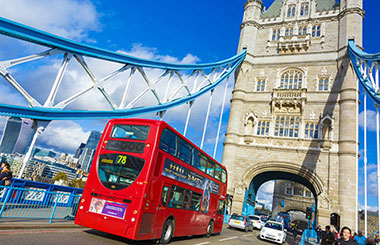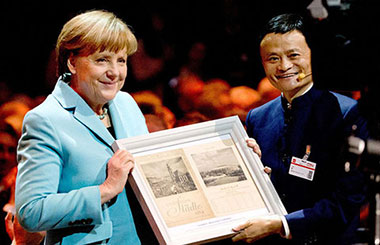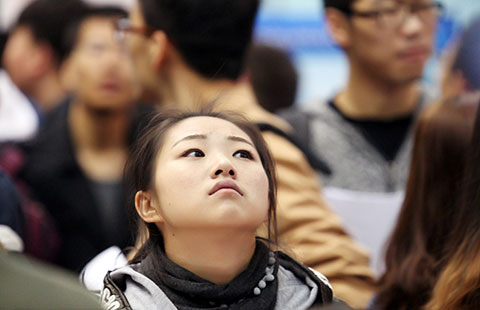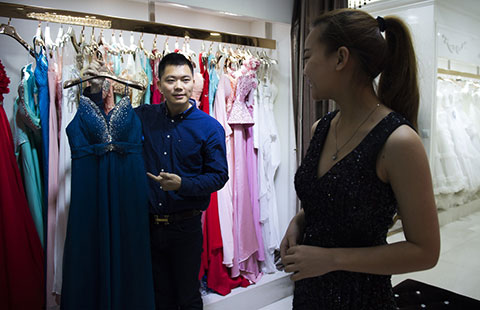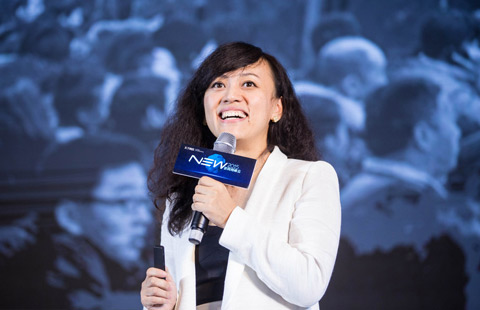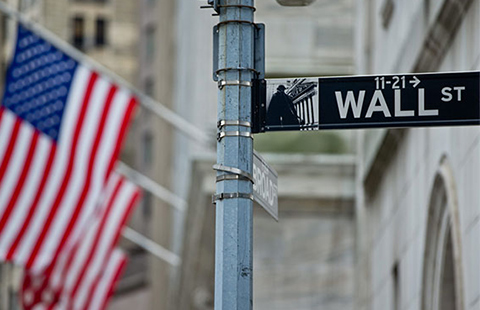China rides a new passion
By Zhao Yanrong (China Daily) Updated: 2012-07-14 16:33In April Irish newspaper the Independent reported that the bloodstock giant Coolmore made a groundbreaking deal to set up an equine center in Tianjin with more than 100 thoroughbred breeding mares from Ireland.
China's local governments and companies have also created more opportunities for riders this year.
"Many local governments, such as the Inner Mongolia autonomous region, are investing in tourism-related equestrian clubs and competitions in western China this year as a new growth driver," says Chang Wei, former secretary-general of the Chinese Equestrian Association.
Shandong Highway Engineering Construction Group Co, in Jinan, Shandong province, and which had never been involved in equestrianism, invested 4.6 million yuan ($722,000, 590,000 euros) to transform an old local horse racing court in Jinan into an equestrian club, Jinan Daily reported in May.
"Unlike private investors, big corporations have considerable funds that can sustain the industry's continuing growth," says Chang, who was also director of the equestrian events at the Beijing Olympics.
The China International Horse Fair in Shanghai is an example of the nation's growing interest in horse-riding. More than 82 companies from 18 countries and regions attended the exhibition last year, accounting for more than 70 percent of the exhibitors.
Organizers expect this year's event in September to draw more than three times the number of exhibitors.
"There will be more horse buyers coming to our exhibition this year, since many provincial equestrian teams will buy horses to train and compete at the National Games next year," says Gu Shiqi, general manager of Yubo Group, which is organizing the exhibition. Gu says warmbloods, worth about 1.2 million yuan each, will be in high demand.
To meet the strong demand in the Chinese market, hundreds of equestrian centers and horse-riding clubs have been built over the past five years. According to the China Horse Industry Association, the number of horse riding clubs have jumped from less than 100 to more than 500 since 2007. At the 200 or so clubs in Beijing, annual membership fees range from 50,000 yuan to 200,000 yuan.
As with other budding industries in China, problems exist. Chang says the country lacks professional breeders, coaches, riders, stables, facilities, veterinary centers and equine medicines.
"When most horses in the industry are imported, European equestrian knowledge and professional personnel, such as high-level trainers and managers, are not provided. That is crucial for the development of the clubs' business," he says.
Many international horse dealers, Chang says, mainly concern themselves with the sales of horses and do not provide enough after-sales services, such as handing down knowledge about how they train, coach and care for the horses.
Without professional training, Chang says, young horses imported to China at the age of 2 or 3 at the cost of millions of yuan will be unable to perform in equestrian competitions and wind up being a waste of money.
"We realize that the Chinese are not only interested in the horses but also training," says Irene Wolfs, director of foreign affairs at KWPN. "Therefore we established a foundation, the Holland National Horse Foundation."
The foundation brings together a number of different Dutch companies to provide horse feed and personnel who can build stables, sell horse trucks and provide veterinarian care and training. Many offer insurance on the horses and help organize equestrian events in China, she says.
Wu from the equestrian website says that Chinese buyers must also commit long term to having a horse, adding that many Chinese buyers will have acquired information about their horses by following other buyers with overseas experience without seeking their own information.
"Similar horses can be priced very differently from various horse dealers," Wu says. "We hope an official trade mechanism can be framed with horse associations setting up offices in China."
- Delivery firms take express route to riches on biggest day of the year
- Kangning Hospital launches $87.7m float in Hong Kong
- AIIB will introduce anti-graft safeguards
- Rural strategy entices customers
- High-tech industry gears up for annual CHTF event
- Police freeze assets held by mother of Xu Xiang
- China prioritizes weaving FTA net
- Expats expected to join the rush in hunt for bargains
